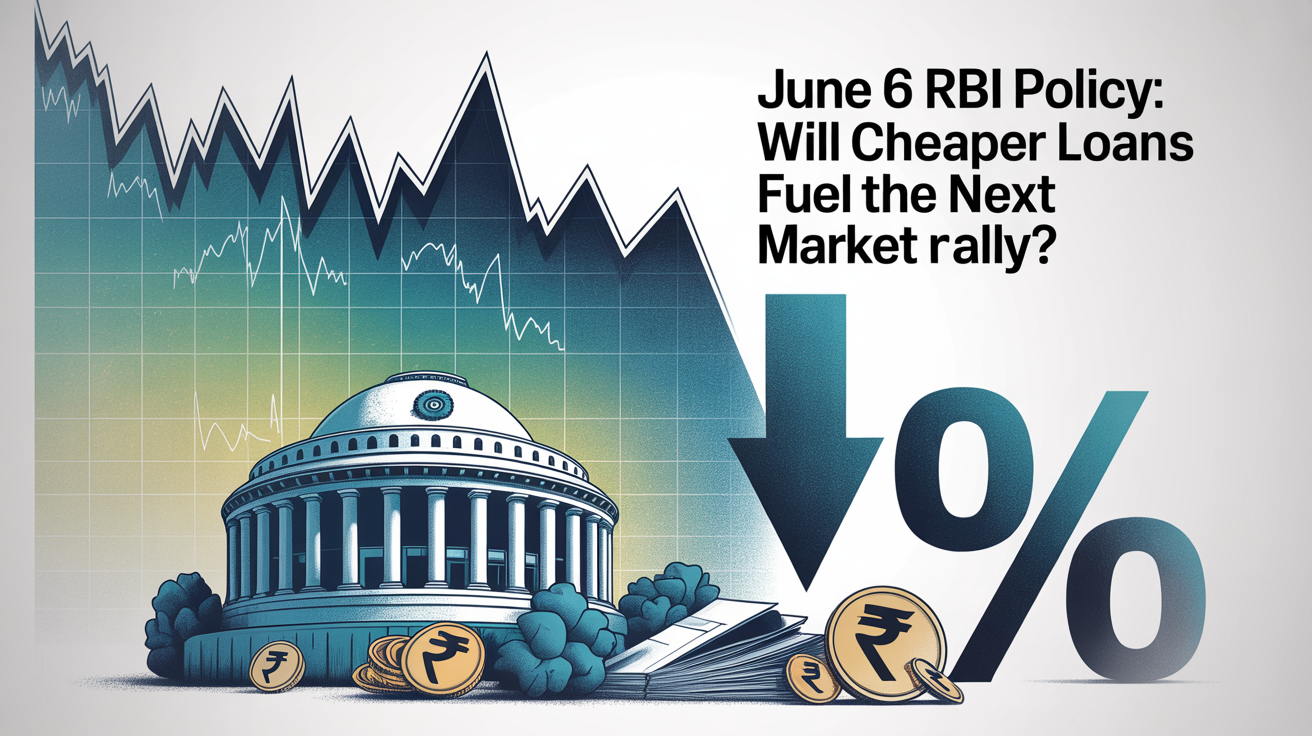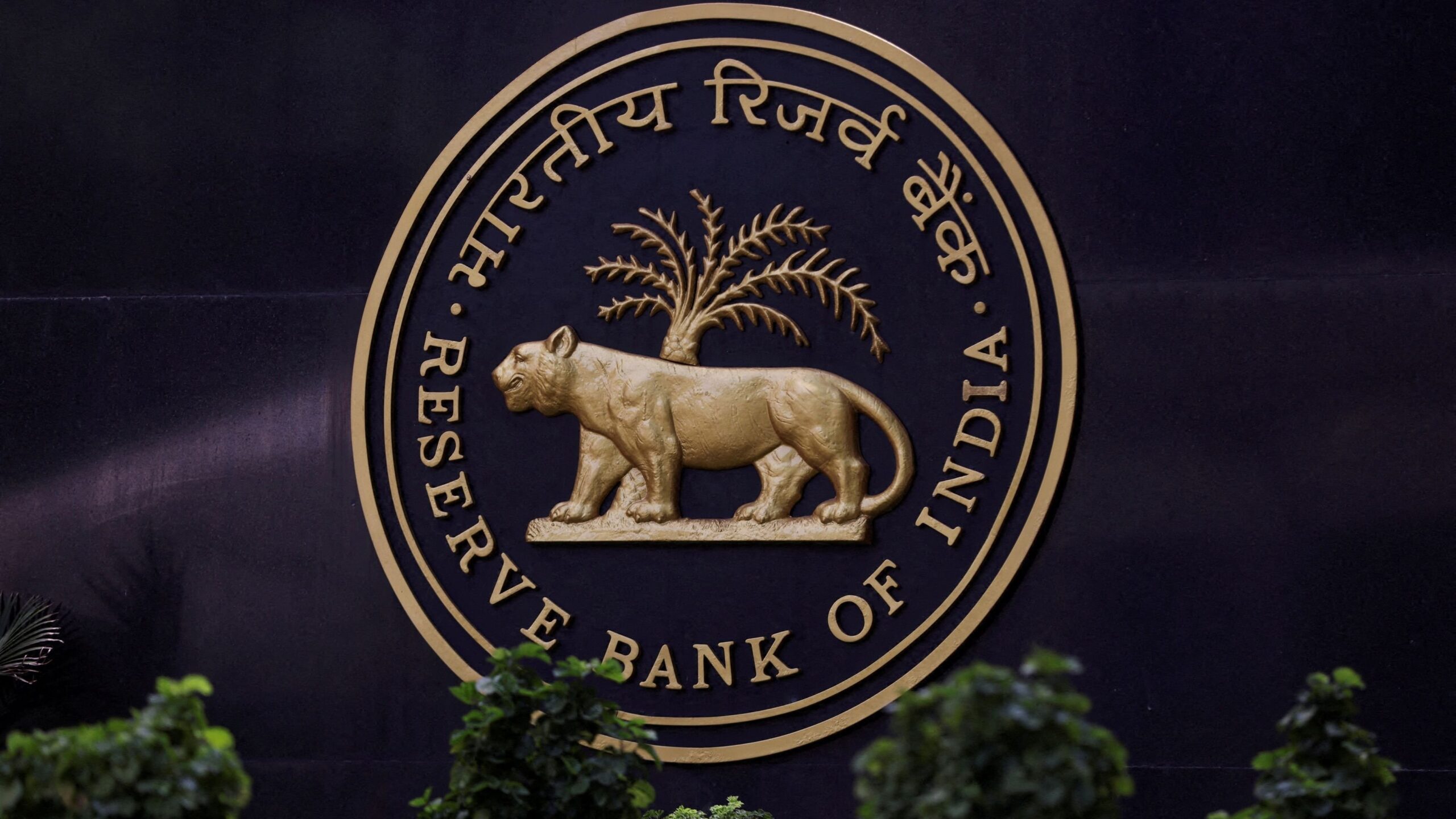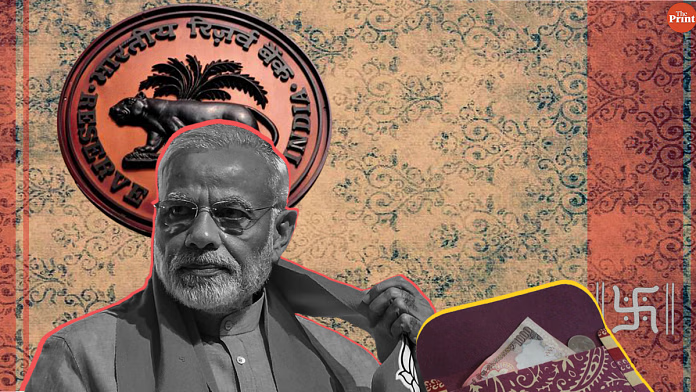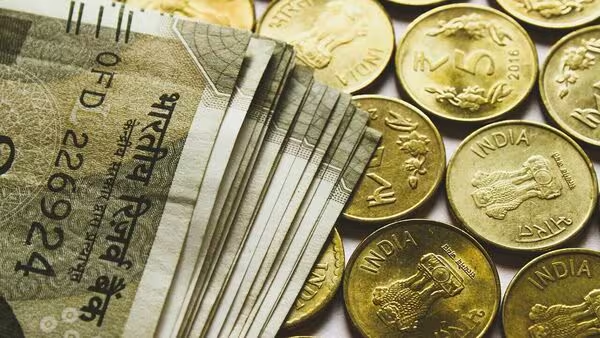
June 6 RBI Policy: Will Cheaper Loans Fuel the Next Market Rally?
Tomorrow, June 6, all eyes will be on Mint Street as the Reserve Bank of India (RBI) announces its much-anticipated monetary policy decision. While it may sound like a routine event to the average citizen, this announcement could quietly spark a major shift in the Indian economy—and possibly your investments. Will the RBI light a fire under the markets, or are we heading toward an overheated bubble?
What is RBI Monetary Policy?
RBI Monetary Policy is a plan made by the Reserve Bank of India to control inflation, manage money supply, and support the country’s economic growth. Think of RBI as the driver and the Indian economy as a car. The policy helps keep the car (economy) running smoothly—not too fast, not too slow.
RBI does this mainly by changing interest rates like the repo rate. If inflation is high, RBI increases interest rates to reduce spending. If the economy is slow, it lowers rates to encourage borrowing and spending. This directly impacts loans, savings, stock markets, and even the value of the rupee.
What’s Expected from the RBI?
Most economists and market experts are betting on a 25 basis point cut in the repo rate, which currently stands at 6.00%. This would mark the third consecutive rate cut this year. The move is largely being driven by cooling inflation—April’s retail inflation dropped to 3.16%, the lowest in nearly six years—along with the need to support growth in a post-election environment.
Some institutions, like the State Bank of India (SBI), are even calling for a bold 50 basis point cut to inject fresh momentum into the slowing economy.

Why This Decision Matters More Than Ever
The timing of this policy decision couldn’t be more critical. India’s GDP growth for Q4 came in at a strong 7.4%, but the full-year growth is expected to slow to 6.5%. With global uncertainties, tight liquidity, and weak private investment, the RBI faces a delicate balancing act.
A rate cut could ease borrowing costs for businesses and consumers alike, encouraging more spending and investment. But at the same time, aggressive cuts could risk overheating certain sectors or triggering unwanted capital flight.

How the Markets Are Reacting Already
Markets appear to be pricing in optimism. On Wednesday, the Sensex gained over 260 points and the Nifty moved past the 24,600 mark. Traders are clearly betting on a dovish RBI stance.
However, the rupee slipped to 85.90 against the US dollar, signaling caution among forex traders. Bond yields have also adjusted in anticipation of a policy easing.

Winners and Losers: Who Benefits If RBI Cuts Rates
If the RBI cuts the repo rate:
Home and personal loan borrowers could see interest rates fall below 7.75%.
Real estate, banking, and auto sectors are likely to benefit.
But there’s a flip side. Fixed-income investors, especially retirees relying on FD returns, may see further erosion in yields.
Expert Opinions: United or Divided ?
While most experts expect a 25 bps cut, a growing number are suggesting that the RBI should go beyond the conventional and deliver a stronger push—especially with inflation well within the 4% target band.
Some argue that with global central banks like the Fed holding rates steady, India has room to act decisively.
What Should You Do as an Investor?
This is a time for strategy, not emotion. Here’s what to consider:
Equity investors should look closely at rate-sensitive sectors like banking, real estate, and autos.
Fixed-income investors may consider shifting partially to hybrid or equity-linked instruments.
Traders should stay alert to RBI’s tone and guidance—it could signal more cuts ahead or a cautious pause.
Conclusion: Watch This Space—It Could Be a Turning Point
The RBI’s policy announcement tomorrow may seem like just another speech, but its impact could ripple through every corner of the economy—from your home loan to your stock portfolio.
Will the markets rally on the back of a rate cut? Or will they turn volatile if the RBI disappoints? One thing is clear: whatever the RBI decides, it will shape the financial landscape for months to come.
